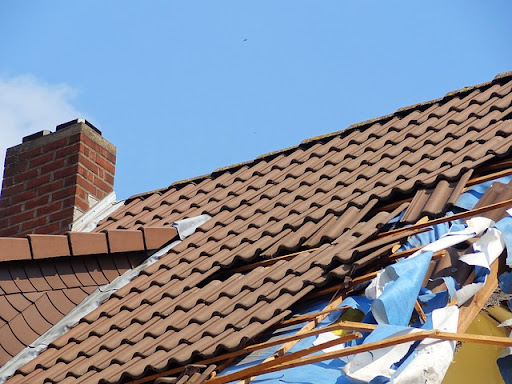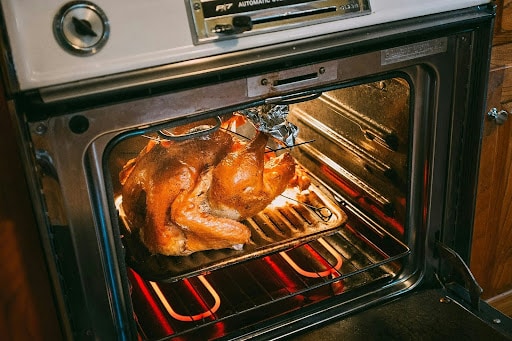Your home’s roof is the first line of defense against the weather. Due to this, it often takes the brunt of inclement weather. This can result in roofing damage that requires repairs or even replacement.
Not all roof damage is due to bad weather. Neglect can also cause severe and costly damage to your roof. Read on to learn about the most common types of roofing damage.
Table of Contents
UV and Heat Damage
Heat can warp, crack, or discolor the shingles and other materials used in construction. UV damage can cause shingles to become brittle and fade. Roofs that face direct sunlight are particularly susceptible to damage over time.
To prevent this damage, it is essential to use a good quality, protective roofing material that can withstand temperature fluctuations and to inspect your roof regularly for any signs of wear or aging.
Wind Damage
Poor construction or lack of roof maintenance can cause the wind to catch shingles and blow them off, allowing water to enter the roof deck. Wind can also cause branches or debris to be blown onto the roof, damaging shingles.
To prevent wind damage, start by ensuring that the roof is constructed correctly and that the pattern of the shingles is continuous so there are no weak links. Ensure the gutter system is regularly cleaned of debris and all trees nearby are trimmed back.
Leaks and Water Damage
Roofs are left vulnerable to damage and water intrusion without proper maintenance or unforeseen weather conditions. To prevent water damage, homeowners should inspect and clean their roofs regularly.
Homeowners should ensure that the shingles and seals on their roofs are in good condition. It should be properly sealed to reduce the risk of leaks and water damage.
Homeowners should ensure proper ventilation and insulation, as poorly ventilated roofs are more prone to water damage. Regular maintenance and inspections should be conducted to ensure the top is properly sealed.
Damaged Flashing
Flashing is a metal material made of aluminum or galvanized steel used to secure roof edges. It is installed on generally lower and more vulnerable parts of a roof. It makes them more prone to deterioration due to environmental factors.
To prevent such home damage, a roofing inspection is essential to ensure it is in good condition and not cracked or corroded. It is also essential to use high-quality flashing material, such as aluminum or zinc, to ensure that the flashing is not susceptible to quick deterioration or corrosion.
Find the best roofing contractor and services for roof damage repair and inspection.
Structural Damage
Structural damage is one of the most common types of roofing damage and can occur from hail, strong winds, excessive weight, or poor installation. Structural damage can include holes, broken or missing flashing, torn or missing shingles, cracks, or torn-off roof sections.
Maintain the roof (check for moss and other vegetation, clear leaves and snow, and regularly inspect the gutters). Take preventive measures in extreme weather (such as adding plywood panels to strong winds).
Understanding the Types of Roofing Damage
From clogged gutters to storm damage, it is important to remain proactive in avoiding roofing damage. Protecting your roof is key to avoiding costly repairs and maintenance costs in the future.
Contact a roof specialist today to examine and assess your roof!
To learn more helpful tips, check out the rest of our site today!





